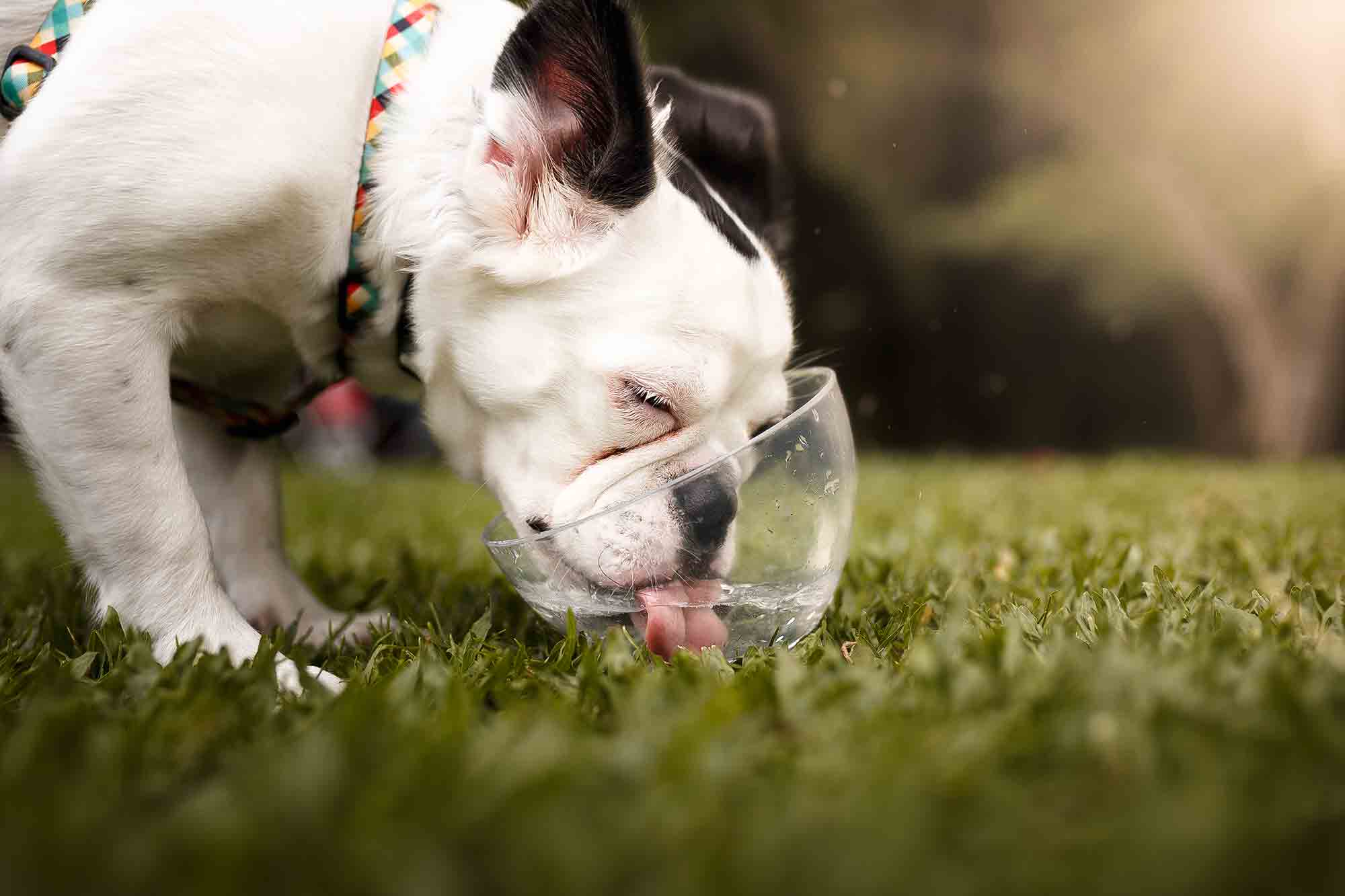Bloat in Dogs: Symptoms, Treatment, and Prevention
 Tummy trouble in our canine pals isn’t an uncommon problem. After all, dogs are prone to eat just about anything too much and too fast, including sweaty socks or yesterday’s garbage! Because dogs are prone to gastrointestinal issues, it’s good for all dog owners to know the risks when it comes to your chowhound.
Tummy trouble in our canine pals isn’t an uncommon problem. After all, dogs are prone to eat just about anything too much and too fast, including sweaty socks or yesterday’s garbage! Because dogs are prone to gastrointestinal issues, it’s good for all dog owners to know the risks when it comes to your chowhound.
One very serious problem that occurs in dogs is bloat. Bloat is an emergency situation that causes a pet’s stomach to become very hard to the touch. So what exactly is bloat in dogs, and how can you reduce the risk? The team at Beverly Hills Veterinary Associates is here with answers.
Bloat in Dogs
The term “bloat” is used generally to describe an extended abdomen/stomach. This extension, called gastric dilatation (GD), can progress, causing the stomach to expand and “twist” at either end or both, called torsion. When both ends of the stomach twist, the liquid and gases of the stomach cavity expand and balloon outward (known as gastric dilatation and volvulus or GDV).
When GDV is severe, this process can actually cut off blood flow to the major organs, including the heart.
Symptoms of bloat in dogs include:
- Enlarged abdomen
- Attempts to vomit/gagging
- Drooling
- Labored breathing
- Paleness of mouth and nose
When GDV is present, it should be considered an immediate emergency. Without treatment, this condition is fatal and can cause a pet to deteriorate quickly. If you observe these symptoms in your pet, please call us right away.
The Cause
The cause of bloat in dogs is still undetermined. There are many suppositions, from feeding a pet ice to eating too quickly, but there’s no scientific basis for these claims.
Some possible underlying issues relate to breed. Breeds that have deep chests, such as St. Bernards, Irish setters, rottweilers, weimaraners, and standard poodles, tend to be more affected by this condition. There’s also a possible correlation between feeding one single, large meal and dogs with anxiety or stress who tend to inhale more air or gulp while eating.
Lastly, we’ve seen quite a few examples of dogs experiencing torsion if they get a lot of exercise directly before (or especially directly after) eating a meal.
Again, no exact cause has been identified, as dogs who don’t display these characteristics have also been diagnosed with bloat. That said, doing your best to avoid letting your dog get into the above situations should greatly decrease your dog’s risk of bloat.
Treatment of GDV
In the case of bloat in the stomach/intestine, it’s imperative to decompress the abdomen by removing the built-up gas and fluid. In the case of torsion, surgery is also often required to return the stomach to its normal position and state. Sometimes, part of the spleen or other organs may require surgical intervention if they have been harmed or denied blood supply for too long.
Once postoperative care and recovery has been completed, your veterinarian may recommend a procedure called gastropexy, which attaches the stomach to the body wall. This is one of the more effective ways to prevent another episode of bloat.
Bloat in dogs is obviously a serious and frightening situation and is something to be aware of in the future. For more information, please give us a call.
